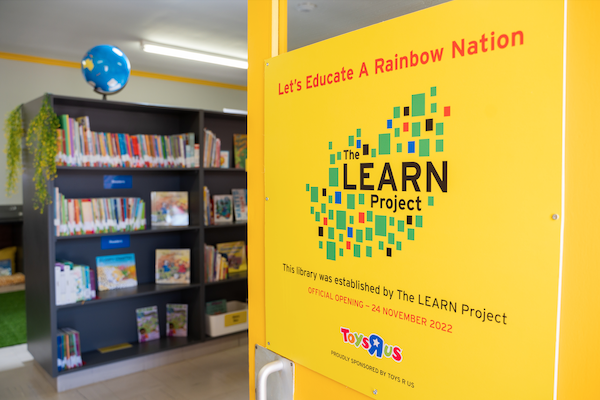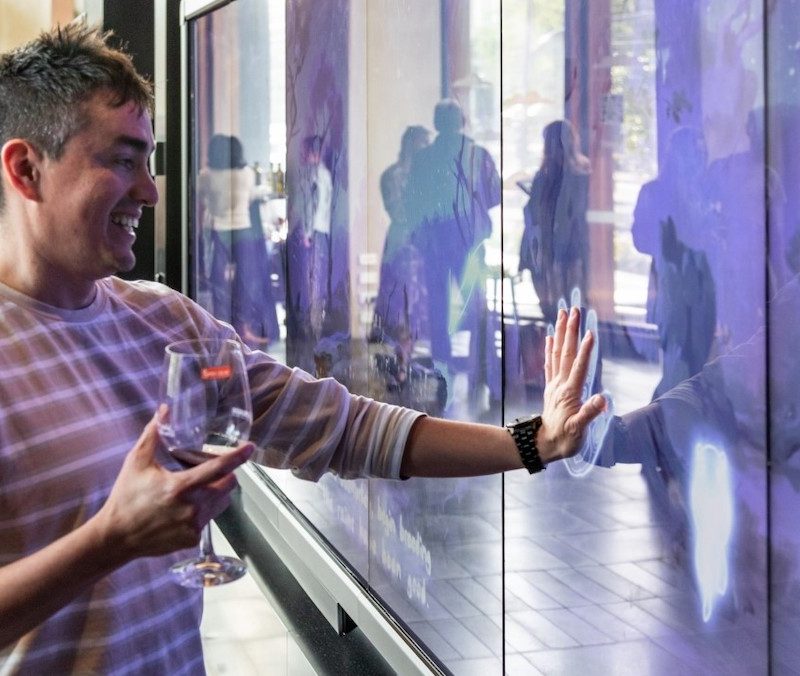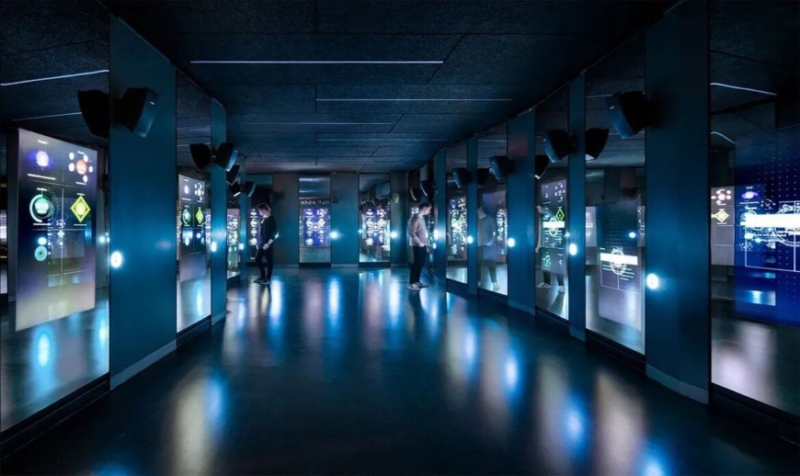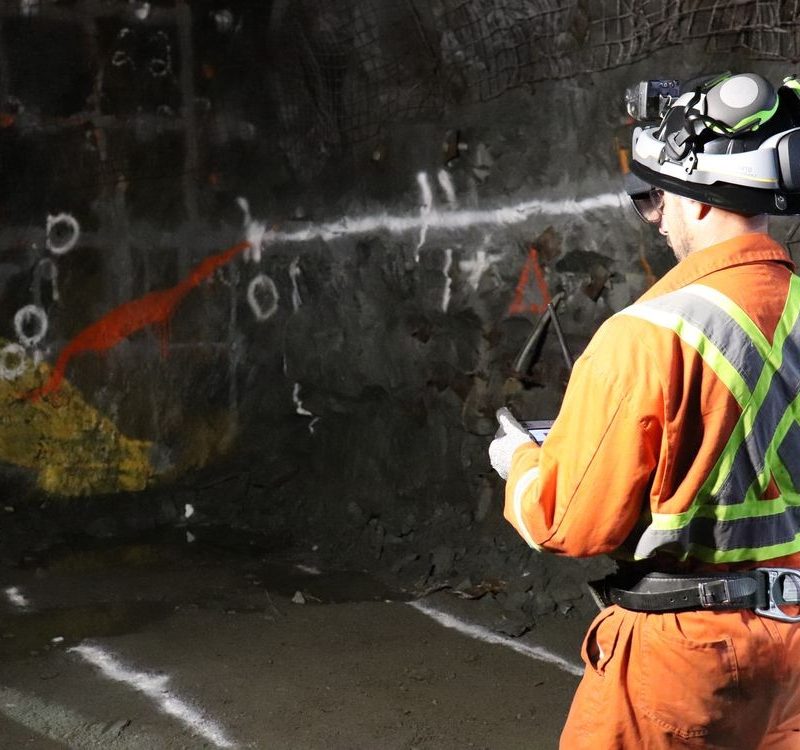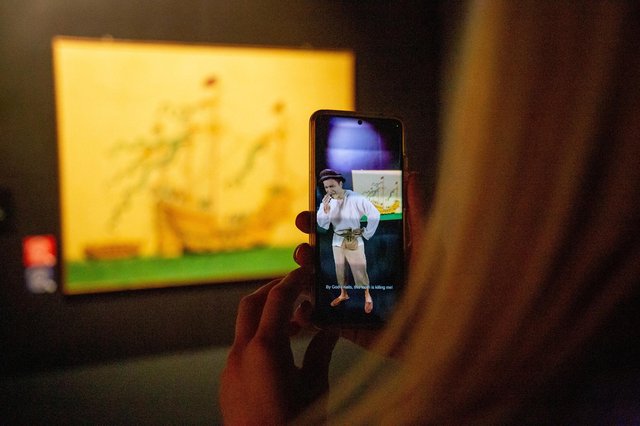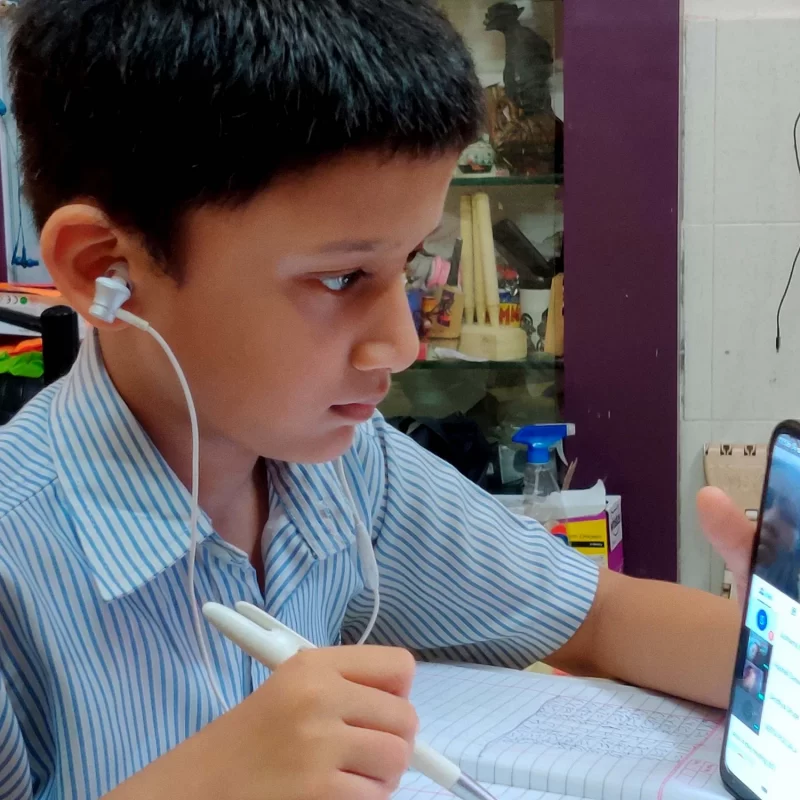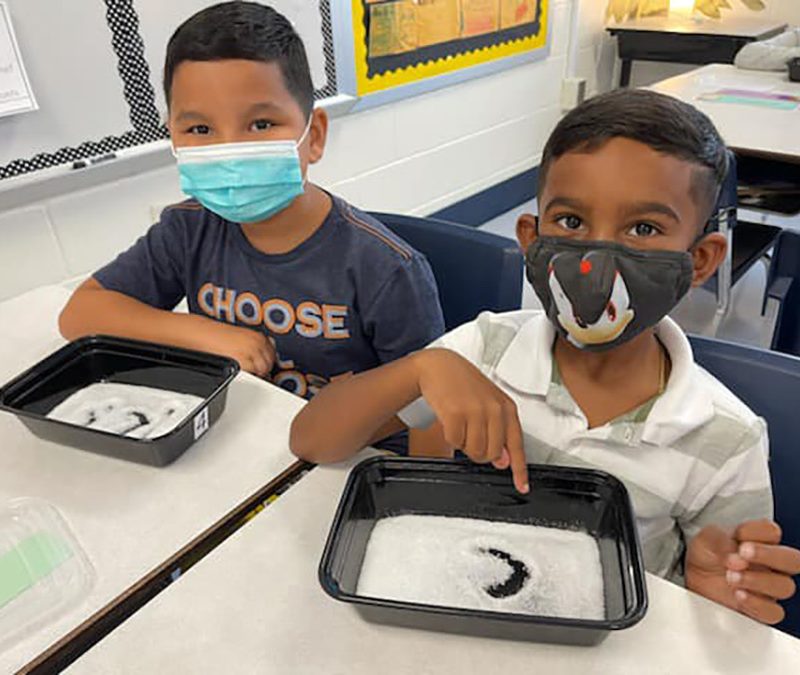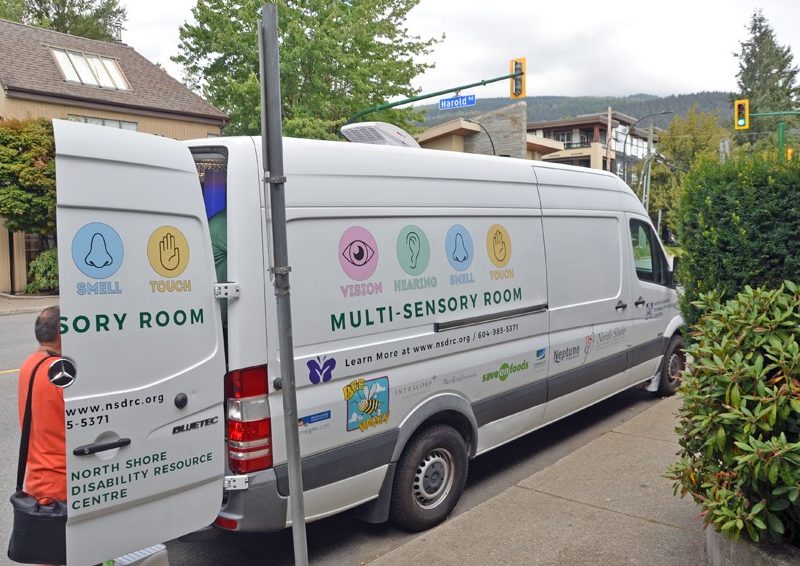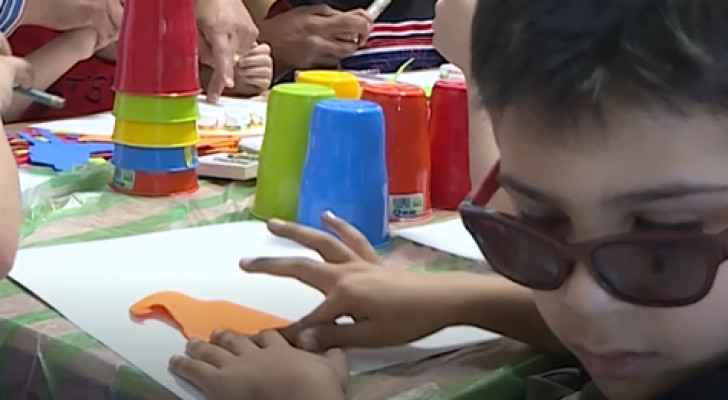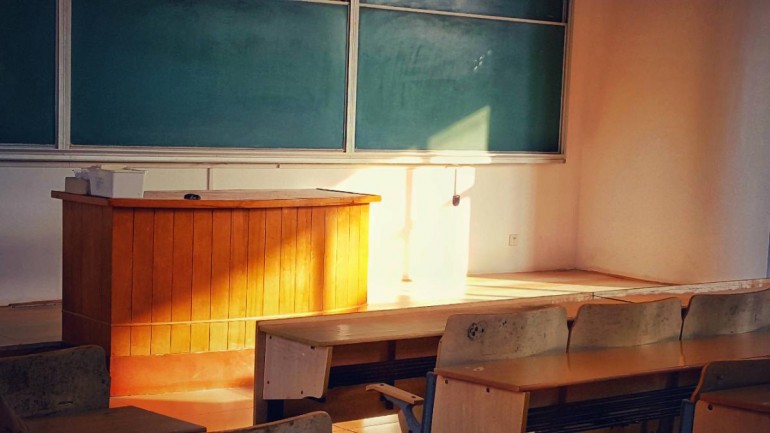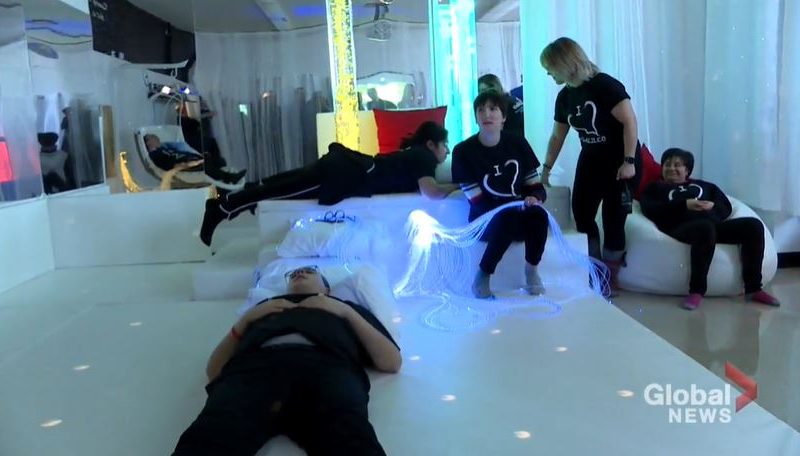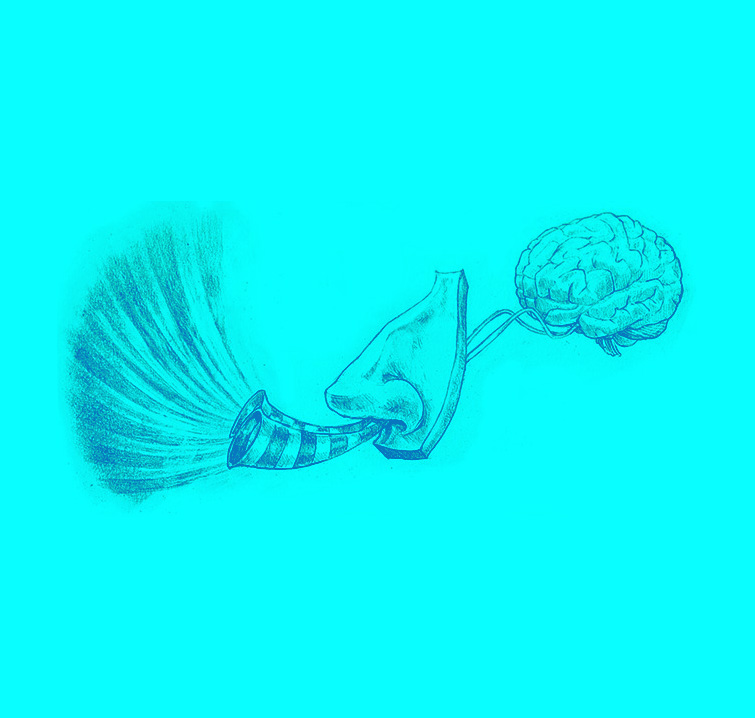Educators are always looking for ways to improve student engagement and learning — whether that’s utilizing new digital tools in the classroom, incorporating multi-sensory educational experiences, or trialing new pedagogical techniques such as “flipped classrooms” and “co-teaching.”
But there’s still work to be done. Now, a team of researchers at Worcester Polytechnic Institute is poised to take up the task — but from a new perspective.
“When we look at how student learning can be improved, a lot of researchers start from the perspective of pedagogy and teaching materials,” says Shichao Liu, a professor of architectural engineering at Worcester Polytechnic Institute. “As an engineer in building sciences, I know indoor environmental quality is a big factor that affects people’s comfort and cognitive performance.”
The National Science Foundation sees merit in Liu’s approach; they recently awarded Liu and his team a $299,991 grant to study how temperature, lighting, ventilation and other environmental factors influence student engagement.
Once validated, the researchers will search for specific environmental factors that promote learning. For instance, the researchers will examine how air temperature, ventilation, CO2 levels, light, and air movement relate to student engagement and learning. Past research, for example, has found that an average increase of 1 degree Fahrenheit can decrease student learning by 1% over the course of a year if air temperature is not properly controlled. Moreover, low ventilation has been shown to reduce attention, vigilance, concentration, and memory.
Liu’s research team also consists of Worcester Polytechnic Institute’s Steven Van Dessel, associate professor of architectural engineering, and Jacob Whitehill, assistant professor of computer science. Jianshun Zhang, professor of mechanical and aerospace engineering at Syracuse University, will serve as a research consultant.
“In addition to the current focus on learning environments, insights from this study can also lead to development of new tools to investigate how people and buildings interact in more general terms,” says Van Dessel. “Approaches developed as part of this project may be adapted to also study, for example, the impact of environmental factors, such as color or sound, and how they affect well-being.”
Source: Too Hot, Too Cold? Scientists Search For The Optimal Temperature For Learning



